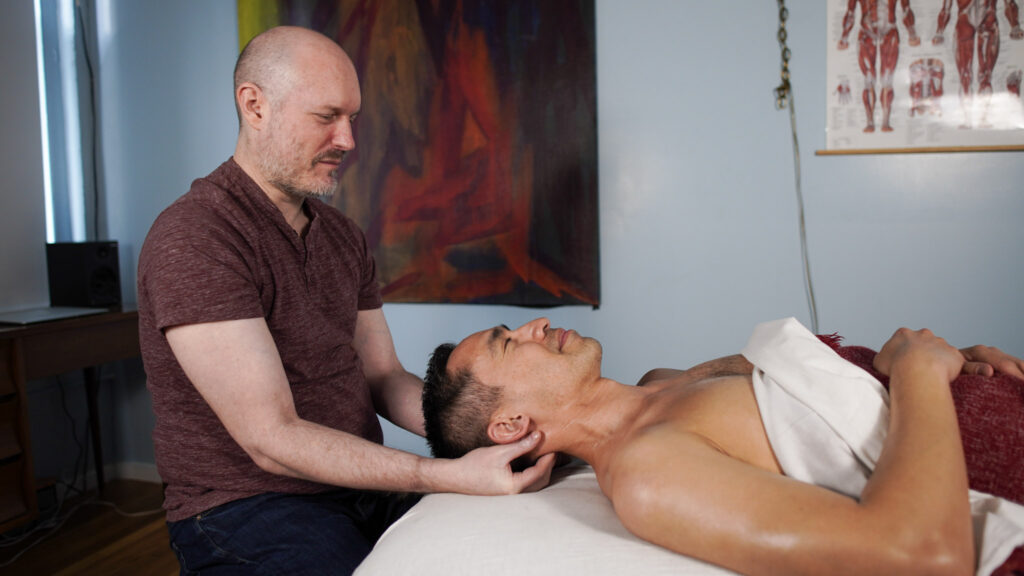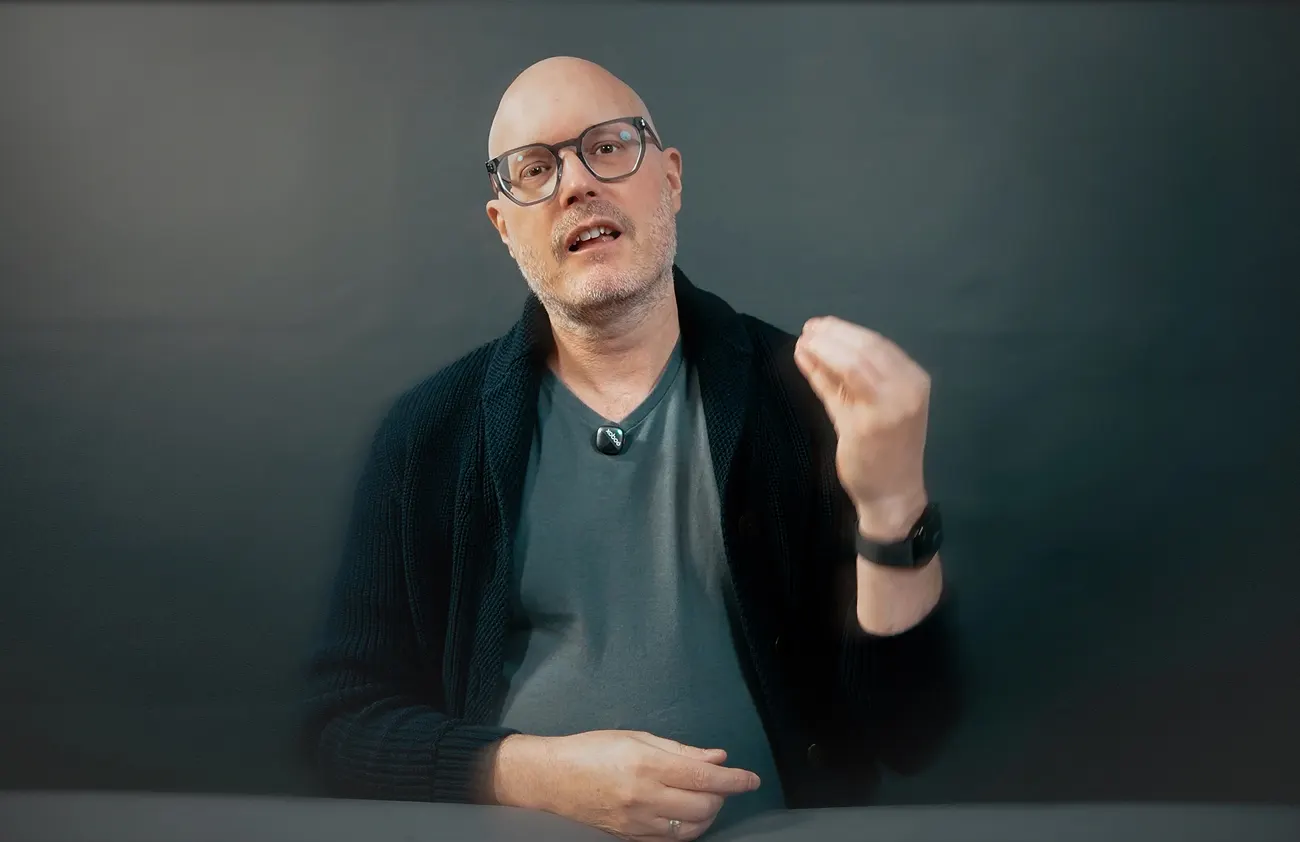The good news? If you’re here, you’ve already found a great option. At Bodyworks DW, every therapist is licensed, highly trained, and mentored to provide results-focused medical massage. Booking with us is one sure way to know you’re in expert hands. That said, we also want to give you tools to evaluate any massage therapist — because an informed client is an empowered client.
1. Make Sure Your Therapist Is Licensed
It may sound obvious, but not everyone offering massage is state-licensed. In New York, becoming a Licensed Massage Therapist (LMT) requires 1,000+ hours of schooling and clinical practice, plus a comprehensive state exam. We’re actually the state with the highest standards for licensure in the US!
Licensing ensures:
- Knowledge of anatomy and physiology
- Proper safety and privacy protocols
- Professional scope of practice
Always ask if your therapist is licensed. You can verify whether a therapist has a license by name search through the NYS Office of Professions.
2. Understand the Different Modalities
Massage is not one-size-fits-all. There are dozens of approaches, each suited to different needs.
- Relaxation & Tonifying styles: Swedish massage, shiatsu, Thai massage.
- Therapeutic & clinical styles: Deep tissue, sports massage, trigger point therapy, myofascial release, neuromuscular therapy.
- Energy-based modalities: Reiki, polarity therapy, craniosacral therapy.
For pain relief, injury recovery, or structural change, deeper tissue and clinical techniques are usually best. For stress relief and nervous system regulation, relaxation or energy work may be appropriate.
Great therapists are often fluent in multiple modalities and adapt as needed. Our advice: if you’re seeking to solve a pain problem (neck, back, hip, etc.), focus less on picking a style and more on finding a qualified medical massage therapist. Let them choose the techniques to address your issue. If your goal is relaxation or general wellness, then choose the style you enjoy most and a practitioner who specializes in it.
3. Expect a Thorough Intake
A thoughtful intake conversation is the foundation of effective massage therapy. Your therapist should ask about your:
- Current pain or stress areas
- Medical history and past injuries
- Exercise, work habits, and lifestyle
A high-quality intake often includes a postural assessment. For example, neck pain may trace back to hip imbalance or an old ankle injury. Addressing the root cause creates lasting change instead of just temporary relief.
This process should continue throughout your work together, not just the first session. With good bodywork, posture shifts over time, and ongoing analysis allows each session to build on the last.
4. Communicate About Pressure
Massage therapists are skilled, but not mind readers. The best results come when you speak up about pressure during the session — not after.
A simple scale (1 = barely touching, 10 = unbearable) helps therapists calibrate. Most effective therapeutic work happens between a 4–7, with occasional deeper moments. Too much pressure causes the body to brace, reducing effectiveness. Too little may feel nice but won’t create lasting change.
👉 If your therapist isn’t creating an ongoing conversation about pressure — and isn’t adjusting when you speak up — that’s a red flag. A good therapist wants feedback in real time. If they argue with you about pressure (rather than educate respectfully), for example insisting you “should” take more when you’re saying it’s unbearable, that’s a serious issue.
At best, you and that therapist are simply mismatched. At worst, they may be violating professional guidelines on respecting client boundaries. You have the right to end the session in that case.

5. Look for a Treatment Plan
Massage works cumulatively. The best therapists design a plan, not just a one-off session.
They should:
Address today’s main complaint
Explore lifestyle factors that contribute to pain
Recommend a series of sessions (roughly 5–8 for common pains; 8–15 for major surgeries or complex cases)
Provide self-care homework (stretches, posture awareness, exercises)
At Bodyworks DW, we believe in massage as a partnership. With each session, you’ll notice longer-lasting relief, learn how to manage flare-ups, and move toward long-term resolution instead of short-term fixes. Clients who consistently follow self-care need fewer total sessions.
6. Do Your Homework
Massage alone can only go so far. Great therapists will send you home with:
- Stretches for tight muscle groups
- Awareness practices (e.g., noticing posture at your desk)
- Strengthening or mobility drills
Even small effort between sessions accelerates progress. As your body changes, these habits become second nature — and you’ll feel more in control of your pain.
Why Choose Bodyworks DW
At our FiDi and Midtown NYC studios, we’ve built a team that checks all the boxes:
- Licensed therapists only
- Diverse modalities from deep tissue to myofascial release
- Thorough intakes at every session
- Has real conversations about pressure to craft the right session for you
- Structured treatment plans for measurable progress
- Homework and self-care support tailored to each client
Every therapist is handpicked and trained by founder David Weintraub, LMT (19+ years experience). Our system ensures consistency, professionalism, and results across the team.
👉 Looking for the right massage therapist in FiDi or Midtown NYC? You just found them. Book your first session with Bodyworks DW today
